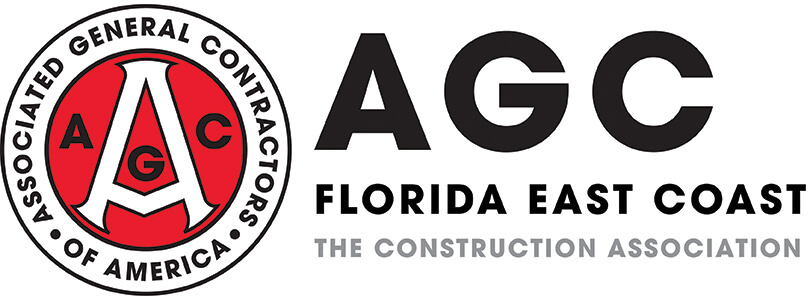Construction Employment Increases In 232 Of 358 Metro Areas From July 2023 To July 2024; New Survey Reveals Challenges In Filling Jobs
Houston-The Woodlands-Sugar Land, Texas and Anchorage, Alaska Have Highest Number and Percentage of Year-over-Year Job Gains, While New York City and Duluth, Minn.-Wis. Experience Worst Job Losses
Construction employment rose in 232, or 65 percent, of 358 metro areas between July 2023 and July 2024, according to an analysis by the Associated General Contractors of America of new government employment data. Association officials noted that their latest workforce survey show contractors are still eager to hire more employees but face difficulty finding qualified workers.
“It is heartening that nearly two-thirds of metro areas have added construction workers in the past year,” said Ken Simonson, the association’s chief economist. “But contractors’ struggles to fill open positions suggest many more metros would have job gains if there were enough qualified applicants available.”
Construction employment declined over the year in 74 metro areas and was unchanged in 52 areas. The largest job loss occurred in New York City (-9,100 jobs, -6 percent), followed by Denver-Aurora-Lakewood, Colo. (-4,700 jobs, -4 percent); Minneapolis-St. Paul-Bloomington, Minn.-Wis. (-4,200 jobs, -4 percent); Orange-Rockland-Westchester, N.Y. (-3,100 jobs, -6 percent); and San Jose-Sunnyvale-Santa Clara, Calif. (-2,600 jobs, -5 percent). The largest percentage decrease occurred in Duluth, Minn.-Wis. (-10 percent, -1,100 jobs), followed by 8 percent losses in Ithaca, N.Y. and Grants Pass, Ore. (-100 jobs each).
Association officials noted they and Arcoro will be releasing new data tomorrow (Wednesday, August 28th) showing the severity of workforce shortages across the country and in many states. The survey results will also show how infrastructure and other construction projects are being impacted by construction labor shortages. Association officials added that they will call on Washington leaders to take a range of steps to help.
“This new data will give us a sense of how the construction labor market has evolved during the past year and what that means for the broader economy,” said Jeffrey D. Shoaf, the association’s chief executive officer. “The best way to fix workforce shortages in the construction industry is to start with a good understanding of where the pain points are, what is causing them, and how they impact firms’ ability to build projects.”
Note to reporters: AGC will release the 2024 AGC/Arcoro Workforce Survey, tomorrow, Wednesday, August 28 during a virtual media briefing at 2 p.m. EDT.
